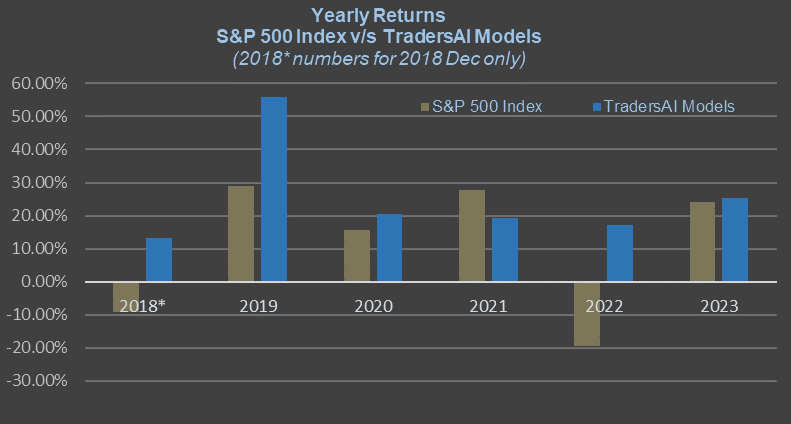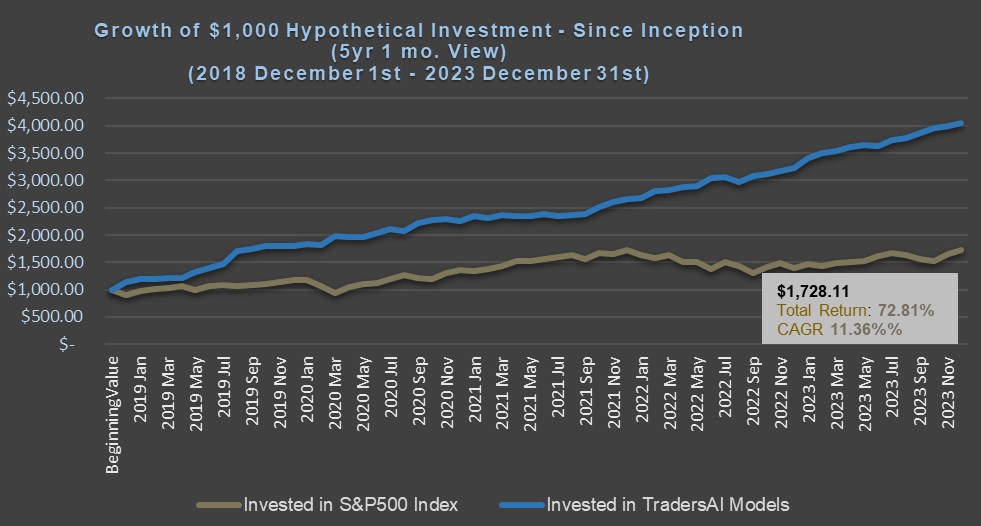Note: Our daily “S&P 500 Outlook, Forecast, and Trading plan for Thursday, 12/6” will be posted around 8:30am EDT, Thursday.
THE GIST (“THE WHAT”)
Concerns of a slowing economic growth, coupled with skepticism over the temporary cease-fire between the U.S. and China spooked nervous investors, sparking a dramatic sell-off across most of the primary sectors within the S&P 500 index. Panicked investors fled towards safe haven bonds, pushing Treasury yields lower and further narrowing the closely-watched gap between the 2-year and 10-year Treasury yields. Tightening yield gap, a precursor to a recession, revived fears of a possible economic slowdown.
In a major technical damage, the S&P 500 index gave up the key technical level of 200 DMA, falling bearishly below it after reclaiming it in the previous session’s post G-20 relief rally. The index erased most of the last week’s strong gains after a series of contradicting messages from the White House confused investors about the significance of the temporary trade truce, which primarily lacked in details.
Opening lower, losses accelerated in the afternoon session as ten out of the eleven primary sectors traded sharply lower. In its worst day in over a month, the index closed at 2700.06, down sharply by 90.31 points and with deep 3.24% loss over previous session’s close.
THE DETAILS (The “How & Why”):
Trade-sensitive stocks that rallied in previous session on optimism that the U.S. and China could possibly resolve their long-standing trade tensions tumbled after investors were left confused with the lack of details around the temporary trade truce signed between President Trump and his Chinese counterpart Xi Jinping.
Contradictory messages from the National Economic Council Director Larry Kudlow acknowledging that there was no specific agreement on auto tariffs, and his inability in answering questions about China’s agreement to purchase agricultural products from the U.S., further fueled the confusion.
Technology and Industrials sectors tumbled on the back of trade jitters, erasing previous session’s strong gains, down 3.86% and 4.35%. Advanced Micro Devices Inc., Micron Technology Inc. and NVIDIA Corp. were amongst the worst declining semiconductors, down 10.92%, 7.87% and 7.60% respectively. Amazon.com Inc. led the big-tech FAANG stocks lower, plunging 5.87%.
Financials stocks were sharply sold-off across the board, down 4.40% on concerns of flattening yield curve that could potentially hurt profitability of banks. The most closely-watched yield gap between the short-term 2-year and longer-term 10-year Treasury bonds narrowed further down to 10 basis points, its lowest gap since July 2007. Tightening yield gap and the possibility of its inversion sparked fears of a possible recession. The 10-year Treasury yield settled below the psychologically important 3% mark at 2.912% amid fears of escalating trade tensions.
Trade-sensitive sectors, Industrials and Materials added to the day’s deep losses, down 4.35% and 3.08%, respectively. Transport, retail and airline stocks were sharp decliners of the session amid concerns of a possible economic slowdown, sending the broader Consumer Discretionary sector lower by 3.91%. AutoZone Inc. was the only modest gainer within the sector, rising 6.75% on beating third-quarter earnings estimates. Energy sector further fueled the sell-off, falling 2.93% despite a slight uptick in oil prices.
Defensive sectors fared relatively better, albeit trading lower for the da
y. Health Care, Real Estate and Consumer Staples shed 2.30%, 1.26% and 1.63% respectively. Utilities was the only sector to manage to close the session higher, up slightly by 0.15% as investors piled up on this defensive sector times of uncertainty.
y. Health Care, Real Estate and Consumer Staples shed 2.30%, 1.26% and 1.63% respectively. Utilities was the only sector to manage to close the session higher, up slightly by 0.15% as investors piled up on this defensive sector times of uncertainty.





